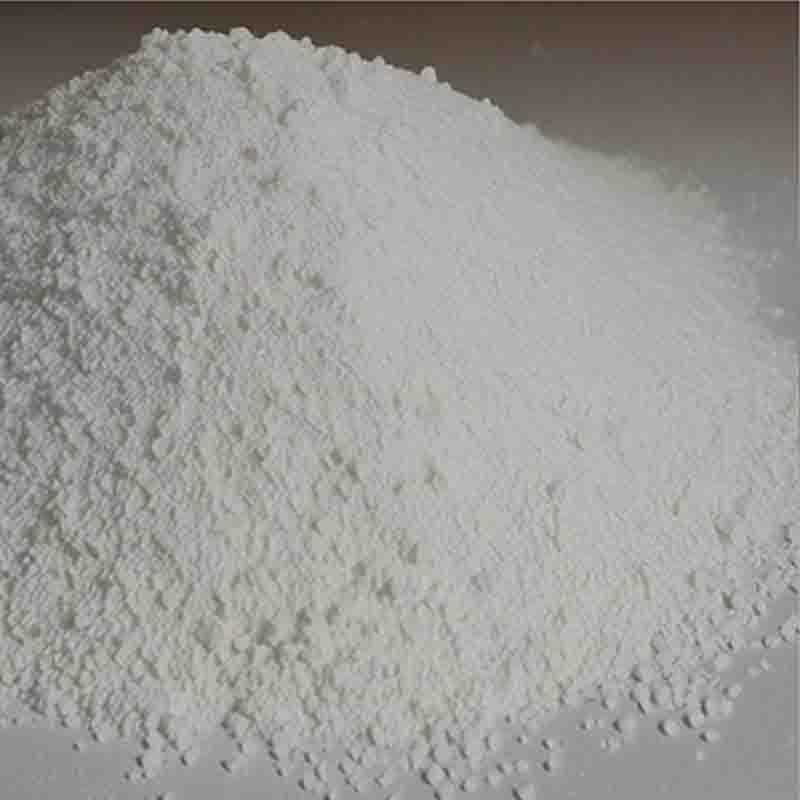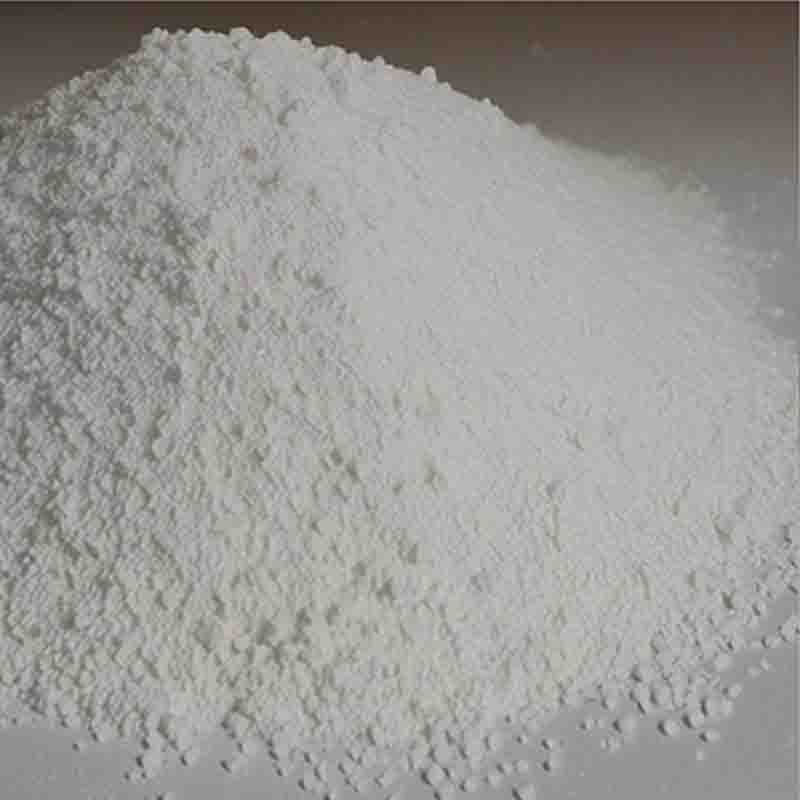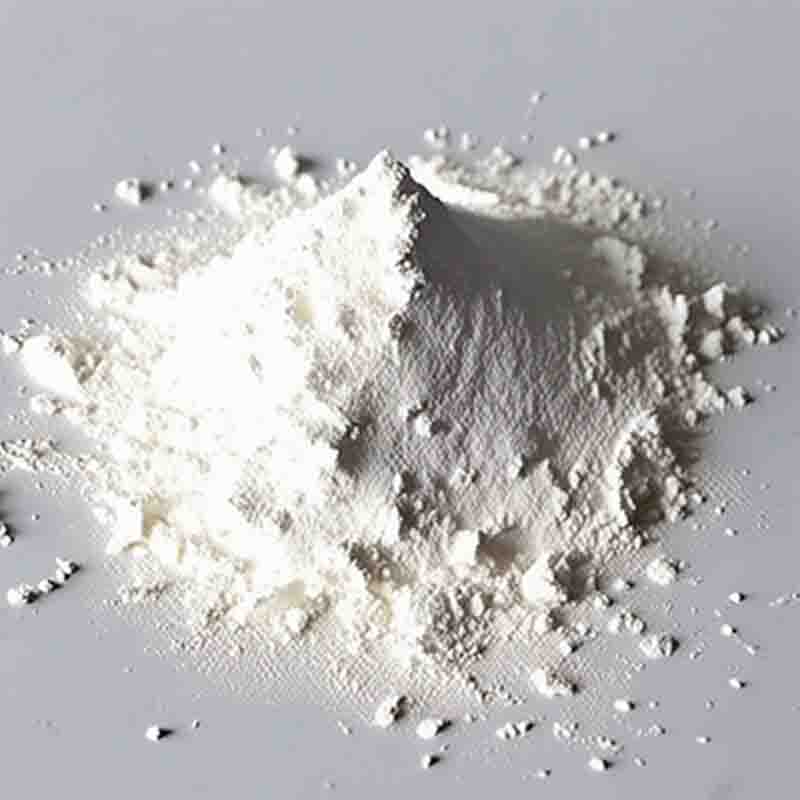DICHLORO[(R)-(+)-2,2'-BIS(DIPHENYLPHOSPHINO)-1,1'-BINAPHTHYL]RUTHENIUM (II) CAS: 132071-87-5
| Catalog Number | XD94439 |
| Product Name | DICHLORO[(R)-(+)-2,2'-BIS(DIPHENYLPHOSPHINO)-1,1'-BINAPHTHYL]RUTHENIUM (II) |
| CAS | 132071-87-5 |
| Molecular Formula | C44H32Cl2P2Ru |
| Molecular Weight | 794.65 |
| Storage Details | Ambient |
Product Specification
| Appearance | White powder |
| Assay | 99% min |
Dichloro[(R)-(+)-2,2'-bis(diphenylphosphino)-1,1'-binaphthyl]ruthenium(II), commonly known as Ru-BINAP, is an organometallic compound that finds widespread use as a catalyst in various organic transformations. This complex consists of a ruthenium(II) center coordinated with two chloride ligands and a chiral BINAP ligand.Ru-BINAP is particularly known for its applications in asymmetric catalysis. Asymmetric catalysis plays a crucial role in organic synthesis as it enables the production of enantiomerically pure compounds, which are vital in the pharmaceutical, agrochemical, and fine chemical industries. Ru-BINAP is highly effective in promoting enantioselective reactions, where it can impart chirality to a wide range of substrates.One of the primary uses of Ru-BINAP is in asymmetric hydrogenation reactions. Hydrogenation involves the addition of hydrogen gas to unsaturated compounds, such as alkenes and ketones, resulting in the formation of saturated products. By using Ru-BINAP as a catalyst, these hydrogenation reactions can be performed with high enantioselectivity, leading to the production of valuable chiral intermediates and final products.Another important application of Ru-BINAP is in the catalytic asymmetric allylic substitution. Allylic substitution reactions involve the exchange of a nucleophile at the allylic carbon of an allylic substrate. Ru-BINAP catalysts can selectively activate the allylic carbon, allowing for the regio- and enantioselective formation of various carbon-carbon and carbon-heteroatom bond connections.Furthermore, Ru-BINAP has shown significant utility in the synthesis of biologically active molecules. It has been successfully employed in the kinetic resolution of racemic alcohols, where it selectively transforms one enantiomer, leaving the other intact. This enables the separation of the enantiomers and the production of single enantiomer compounds, which are often essential in drug discovery and development.Besides its role in asymmetric catalysis, Ru-BINAP also finds applications in other areas of catalysis. It has been utilized in the synthesis of chiral ligands and catalysts, as well as in the preparation of organometallic complexes with potential applications in materials chemistry.In conclusion, Ru-BINAP is a versatile and powerful catalyst that enables the asymmetric synthesis of diverse chiral compounds. Its applications in asymmetric hydrogenation, allylic substitution, and kinetic resolution reactions have significantly impacted the fields of medicinal chemistry, agrochemicals, and fine chemicals. The ability of Ru-BINAP to provide high enantioselectivity and regioselectivity makes it an invaluable tool in the synthesis of complex and biologically active molecules.


![DICHLORO[(R)-(+)-2,2'-BIS(DIPHENYLPHOSPHINO)-1,1'-BINAPHTHYL]RUTHENIUM (II) CAS: 132071-87-5 Featured Image](https://cdn.globalso.com/xdbiochems/白色粉末1560.jpg)
![DICHLORO[(R)-(+)-2,2'-BIS(DIPHENYLPHOSPHINO)-1,1'-BINAPHTHYL]RUTHENIUM (II) CAS: 132071-87-5](https://cdn.globalso.com/xdbiochems/粉末456.jpg)
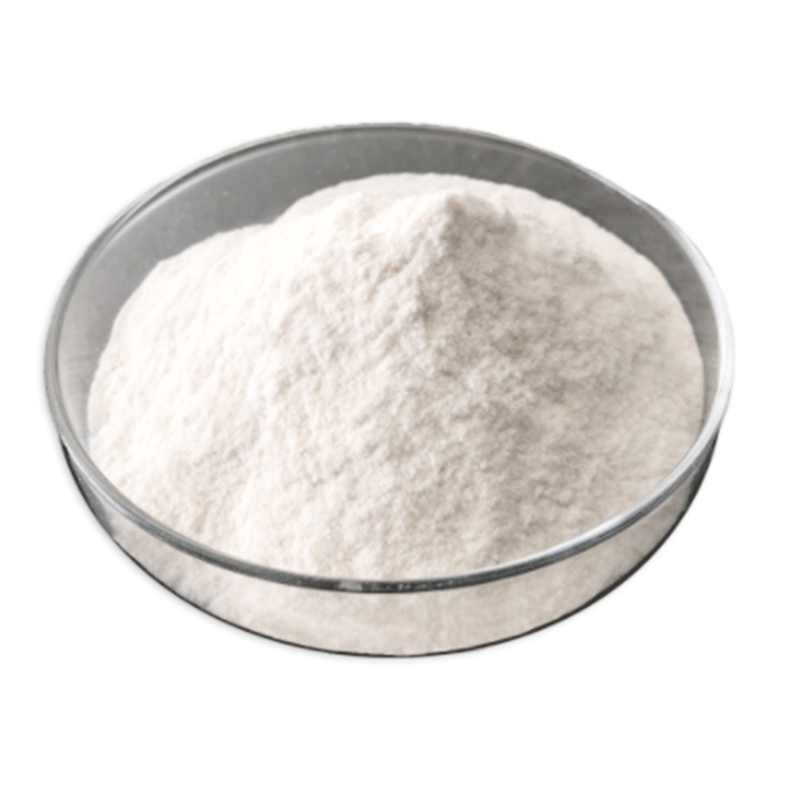
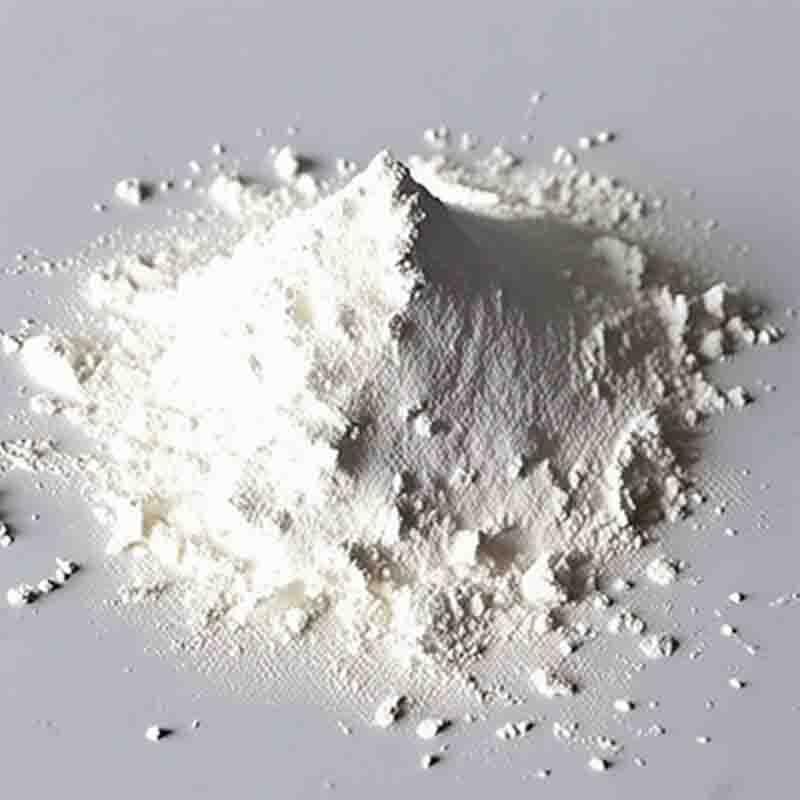
![3-[3-(4-Fluorophenyl)-1-(1-methylethyl)-1H-indol-2-yl]-(E)-2-propenal CAS:93957-50-7](https://cdn.globalso.com/xdbiochems/白色粉末1802.jpg)
